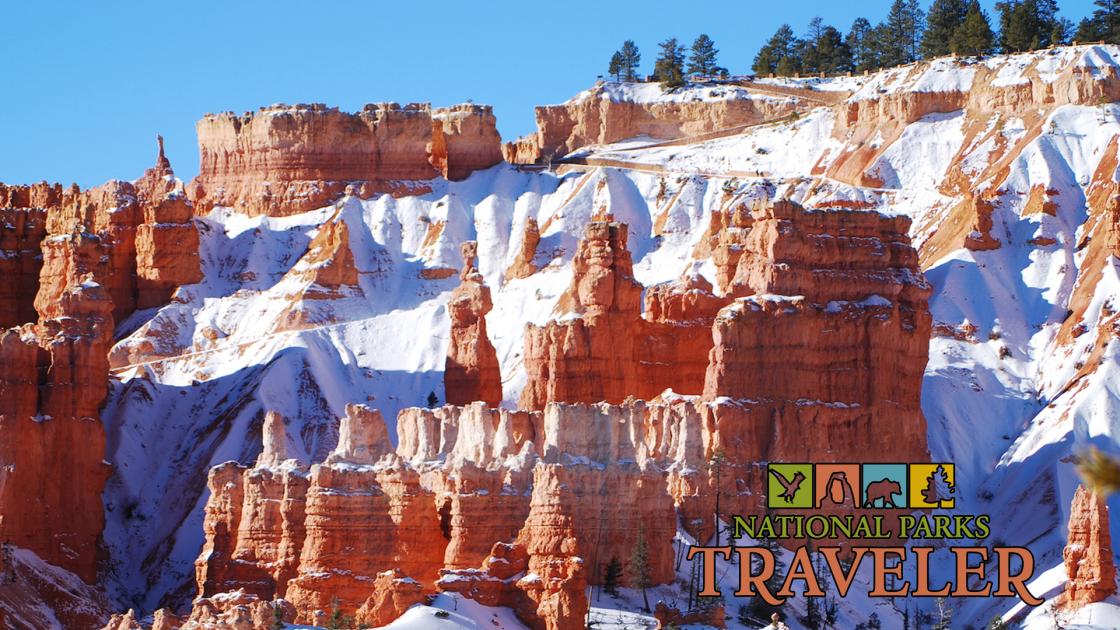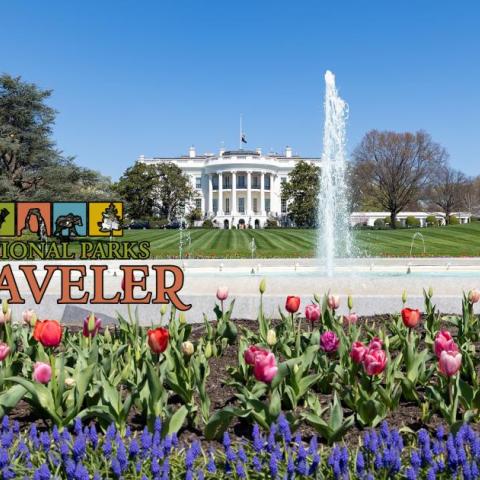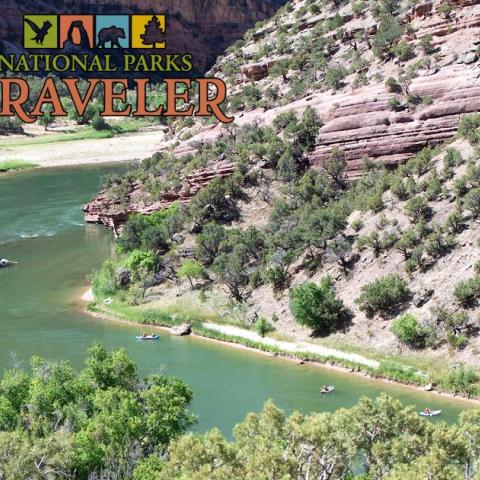Michael Kellett, the executive director of RESTORE: The North Woods, discusses a campaign to see the size of the National Park System roughly tripled to more than 182 million acres. And Traveler contributing editor Erika Zambello and Becky Lomax, author of Moon’s USA National Parks, the Complete Guide to All 59 Parks, join Kurt Repanshek to discuss their favorite winter national park destinations.

:02 Welcome to National Parks Traveler
:12 Show introduction with Kurt Repanshek
1:33 New National Parks introduction
2:27 Interview with Michael Kellett regarding new national parks
12:30 National Parks Traveler promotion
12:44 North Cascades Institute promotion
13:03 Blue Ridge Parkway Foundation promotion
13:30 Friends of Acadia promotion
14:01 Interview with Michael Kellett continues
30:42 Grand Teton National Park Foundation promotion
31:18 Yankee Freedom promotion
31:54 Washington's National Park Fund promotion
32:34 A Conversation Around Winter Park Destinations
56:17 Show closing
56:45 Orange Tree Productions
- Glacier National Park
- Yellowstone National Park
- Rocky Mountain National Park
- Biscayne National Park
- Everglades National Park
- Virgin Islands National Park
- Shenandoah National Park
- Yosemite National Park
- Olympic National Park
- Morristown National Historical Park
- Valley Forge National Historical Park
- Apostle Islands National Lakeshore
- Chaco Culture National Historical Park

Help support us– the one source for journalism dedicated to our National Parks.
National Parks Traveler is a 501(c) (3) nonprofit.
INN Member

The easiest way to explore RV-friendly National Park campgrounds.

Here’s the definitive guide to National Park System campgrounds where RVers can park their rigs.
Our app is packed with RVing- specific details on more than 250 campgrounds in more than 70 national parks.
You’ll also find stories about RVing in the parks, tips helpful if you’ve just recently become an RVer, and useful planning suggestions.








Comments
Great presentation, and I agree with MR Kellett that we should drastically increase our number of national parks, there are conservatively 1000 areas nationwide that could be monuments or parks. what mr Kellett didnt touch on, and which I think would make adding new areas easier , is to attach funding to creating these new parks and monuments. So for instance, say a future president decides he or she is going to create a large monument in the Ozarks, in Arkansas and missouri. As part of designating the monument, the president not only would have to determine how big an area to designate but how much money to fund the monument and deal with the maintenance, public visitation and staffing those areas need. Congress can stipulate certain limits on that, in legislation, such as a mandatory minimum level of funding, and no reducing monument funding by the president.
there are several states, like Wisconsin, that have 0 national monuments or parks. there are several states, like Alaska, that could handle many more national monuments and parks. for instance, Bristol Bay in Alaska is home to the worlds largest intact salmon fishery, that produces 50 to 60 million salmon every year. the watershed for the fishery covers 40000 sq miles. that area is threatened by a huge open pit mine known as Pebble which is trying to excavate a huge hole to get to the cooper and other precious metals underneath, in the process damaging the rivers and streams that the fish rely on to spawn. By setting aside the entire area, you would prevent any future mining in the watershed, while allowing existing uses, like commercial fishing, to continue. Given its size, any Bristol Bay monument or park would need to have a very large budget, probably in the area of 2 billion dollars a year.
As Mr Kellett touched on, nearly every state has groups pushing for protected areas within their states. having them all come together, under one Umbrella, would allow people in say California, to learn about conservation proposals in Texas. the more people learn about something, the more support can be gained for doing it. Going back to my tying funding to new areas idea. i would also stipulate that 10% of a park or monuments budgets be made available for state and local conservation efforts, what i'd call "Good Neighbor funds". this would help, for instance, states eliminate their own backlogs, which taken together rival the backlogs at the federal level. The more parks and monuments an area has, the more funds are available to the state and local communities . if they are big ones, still more money would be available. After 10 years of such funding, both the state and federal backlogs would be gone and the parks would be firmly entrenched. Once a park or monument is created, undoing it is basically impossible. we havent had a monument be revoked since 1956. the last national park to be abolised was Platt in Oklahoma in 1976 , its now part of Chickasaw Recreational Area.
I am strongly opposed to Michael Kellet's idea of expanding the NPS system. The current 61 National Parks are already woefully underfunded, and our national debt and annual deficits don't provide an optimistic outlook for Congressionally funded maintenance. In addition, the recent addition of Gateway Arch as a National Park is a national disgrace - it clearly should be classified as a National Monument, not a National Park. Adding sites like this just waters down the prestige of our existing NP's. Let's try to take care of what we already have, and not add to, and water down, our existing national treasures.